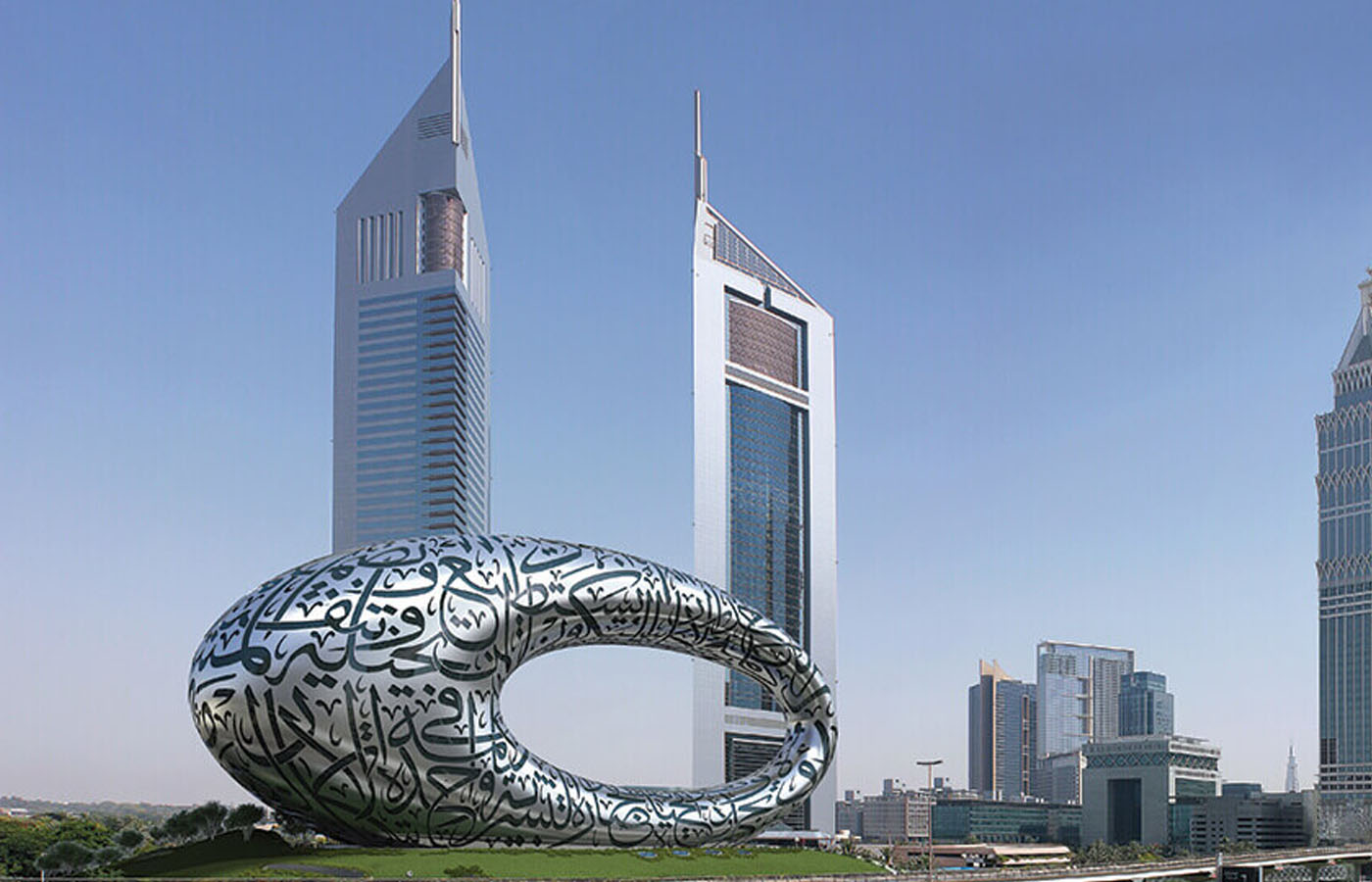The residents of Dubai are pretty much accustomed to seeing new construction projects pop up overnight. But a new building in town that is so unusual and interesting is being erected, and it is almost impossible to avert your eyes – it’s called, the Museum of the Future – widely regarded as one of most complex construction projects ever attempted due to its unconventional shape and irregular design aesthetics.
Technology was the true enabler for this project, and the design was possible only with the aid and adoption of new and sophisticated technologies. The overall shape had to be created with in a digital environment in order to incorporate and maintain all the intricate complexities that wouldn’t have been able to be defined otherwise.
Architects define the shape as a Torus
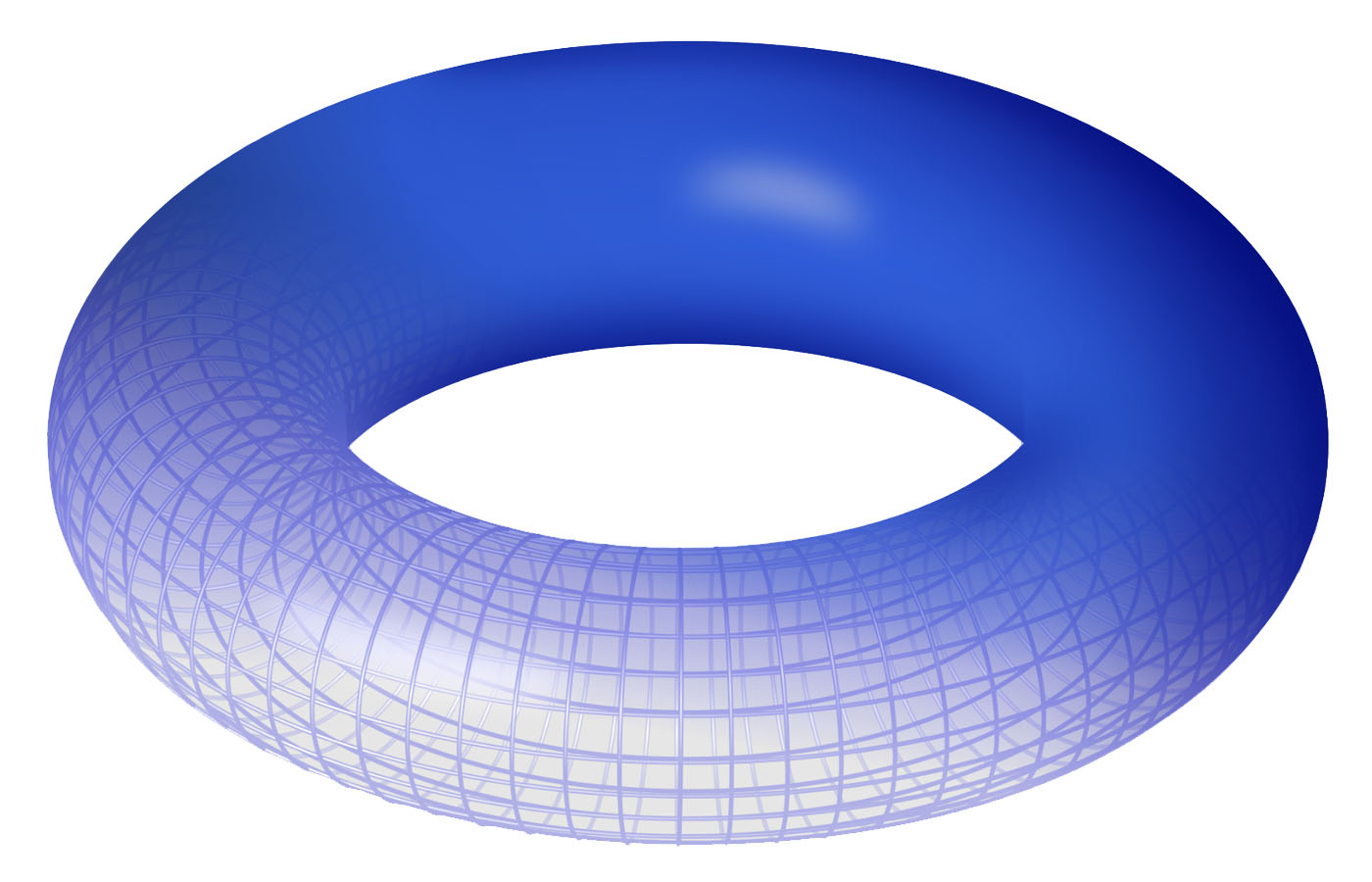
Design wise, the museum is composed of 2,400 steel members that intersect at an angle onto which façade panels are now being put into position. The museum is set to open a year from now when Dubai hosts the World Expo in October 2020. The structure has a very futuristic shape that is currently being defined by architects as a torus with an elliptical void – which there is no easy point of reference for unless you’ve seen the shape before.
The design was selected back in 2015 when local architectural firm, Killa Design, won the design competition for the museum. The architect describes the structure as the solid part representing all the knowledge that we have today, while the void is symbolic of all that which we do not know yet – referring to the future.
Very complex construction – technology is the enabler for this project
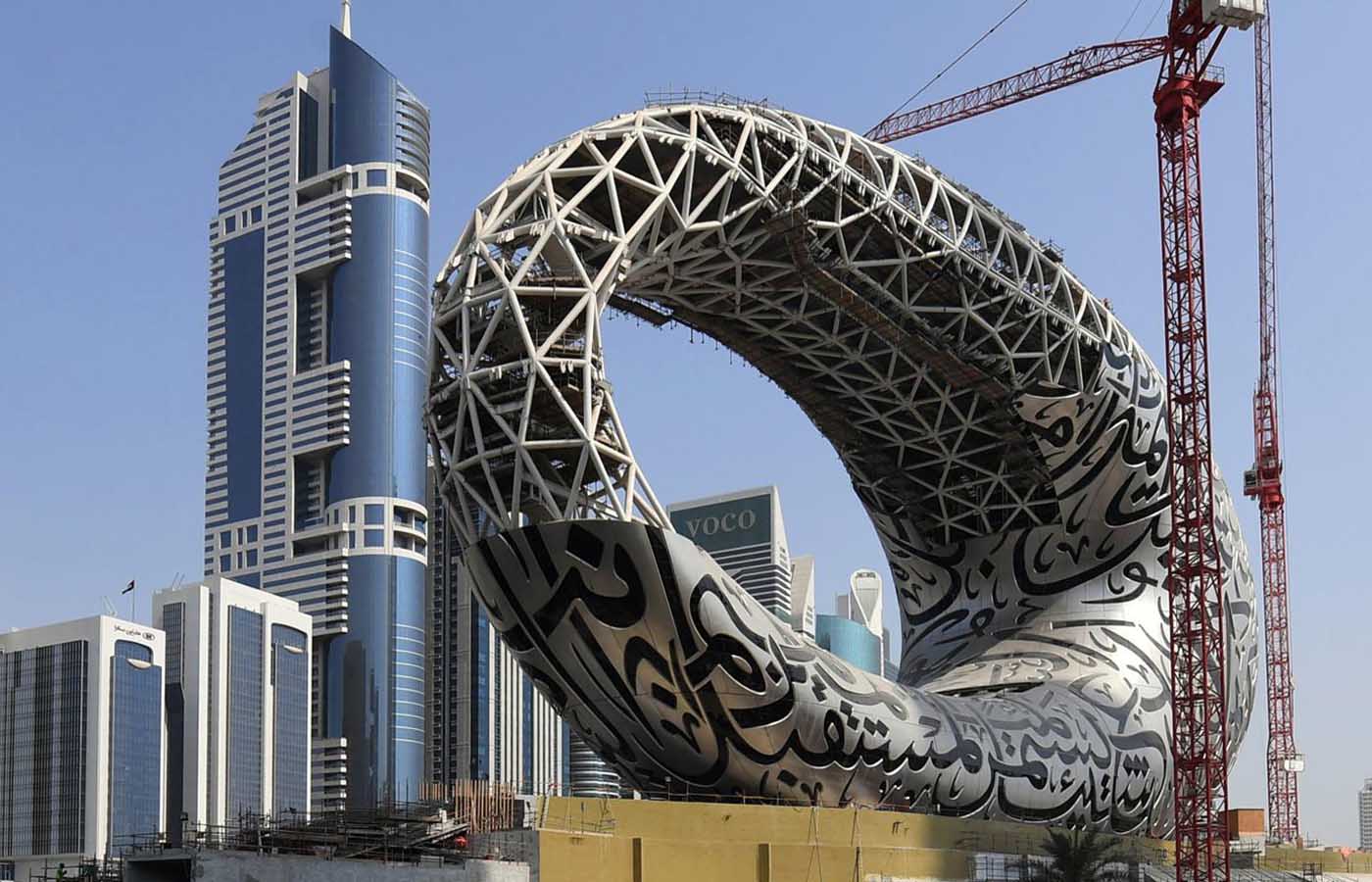
The building has a stunning and highly unusual profile that makes a strong stand out from the surrounding construction. Once all in place, the exterior panels will be adorned with beautiful and flowing Arabic calligraphy. And while we do not yet know what exactly will be written, it’s been indicated that the words will from pieces of poetry. The massive cursive script will also double as the windows as the windows of the museum – a big challenge for the glass manufacturers supplying the project no doubt. During the day, a dappled light will be cast into the column-free interior space. By night, the script will be lit up with 14 kilometers of LED lighting.
Engineers working on the project say that the design would have been previously undoable, and that it is only possible today with the assistance of new and sophisticated technologies – parametric design and Building Information Modelling (Bim). Parametric design is a process that is based on algorithmic thought, allowing specific variables or parameters to be manipulated to alter the outcome of an equation. And, BIM is a three-dimensional model-based technology that building professionals use to design and document projects in a collaborative way.
The algorithm determined the end result
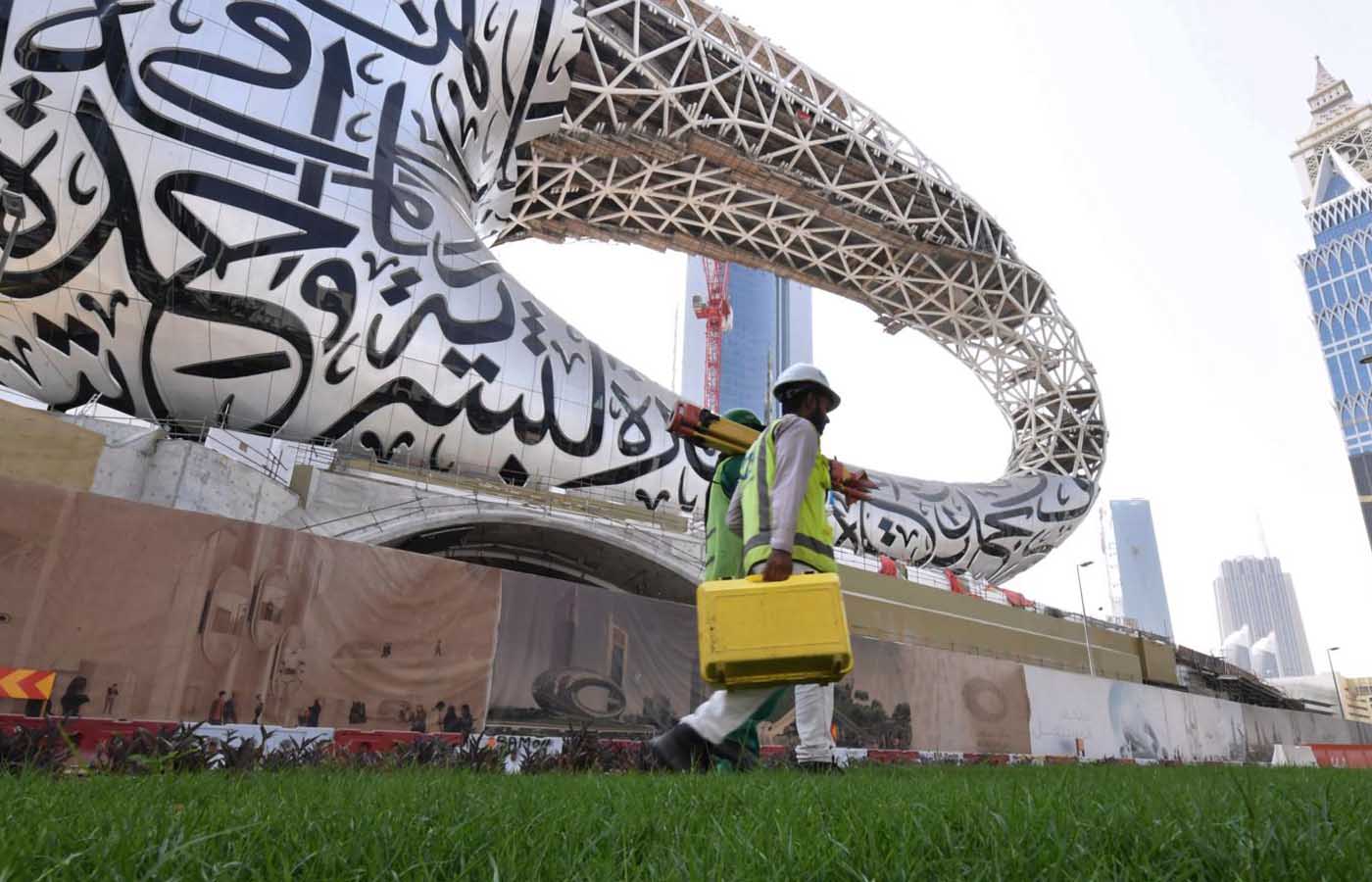
The museum of the future is a seven-story building and the calligraphic cut-outs ensures that no two fiberglass panels are the same. Each one of the 1,024 panels are custom molded and manufactured before a stainless-steel finish and glazing are applied – a very labor-intensive process since only six panels a day are done. And apparently, the façade’s supplier experimented for a year coming up with a prototype. And much of the machinery and tools for the construction had to be invented too.
The algorithm was used to determine the final placement and size of the script and also to find the optimum balance of natural light that penetrates the museum compared with solar heat gain, air conditioning load, aesthetics, and for gaining the very important LEED Platinum building status.
A very green building
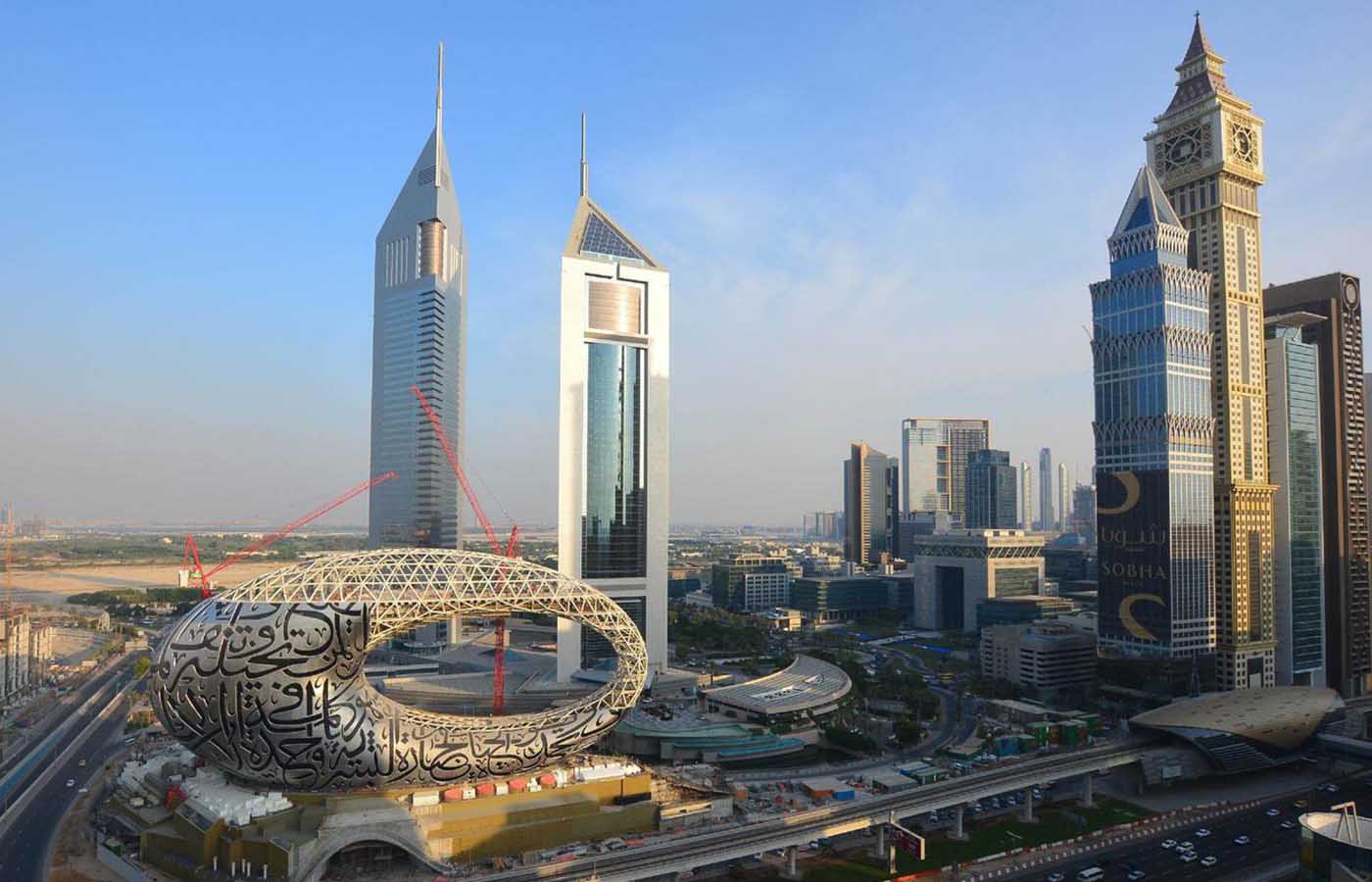
With the LEED Platinum rating, the Museum of the Future will have very advanced building controls, a greywater recycling system, regenerative drive lifts, and its power will be supplied by photovoltaic solar arrays offsite. Visitors will be able to charge their electric vehicles while visiting the museum and getting there via public transportation will be encouraged. In addition, the use of plastic will be limited, and alternative proteins and cultured meats are planned for the menu.
The museum will focus on the human story of the future and the exhibitions: the big challenges that humanity is likely to face in the near future. Thus, exhibitions will emphasize sustainability, solutions, and technology to things like climate change, outer space, healthcare, wellness, and even touch upon spirituality. So, don’t expect to see objects in cases with labels like in a traditional museum, but rather, an optimistic view of the future.

